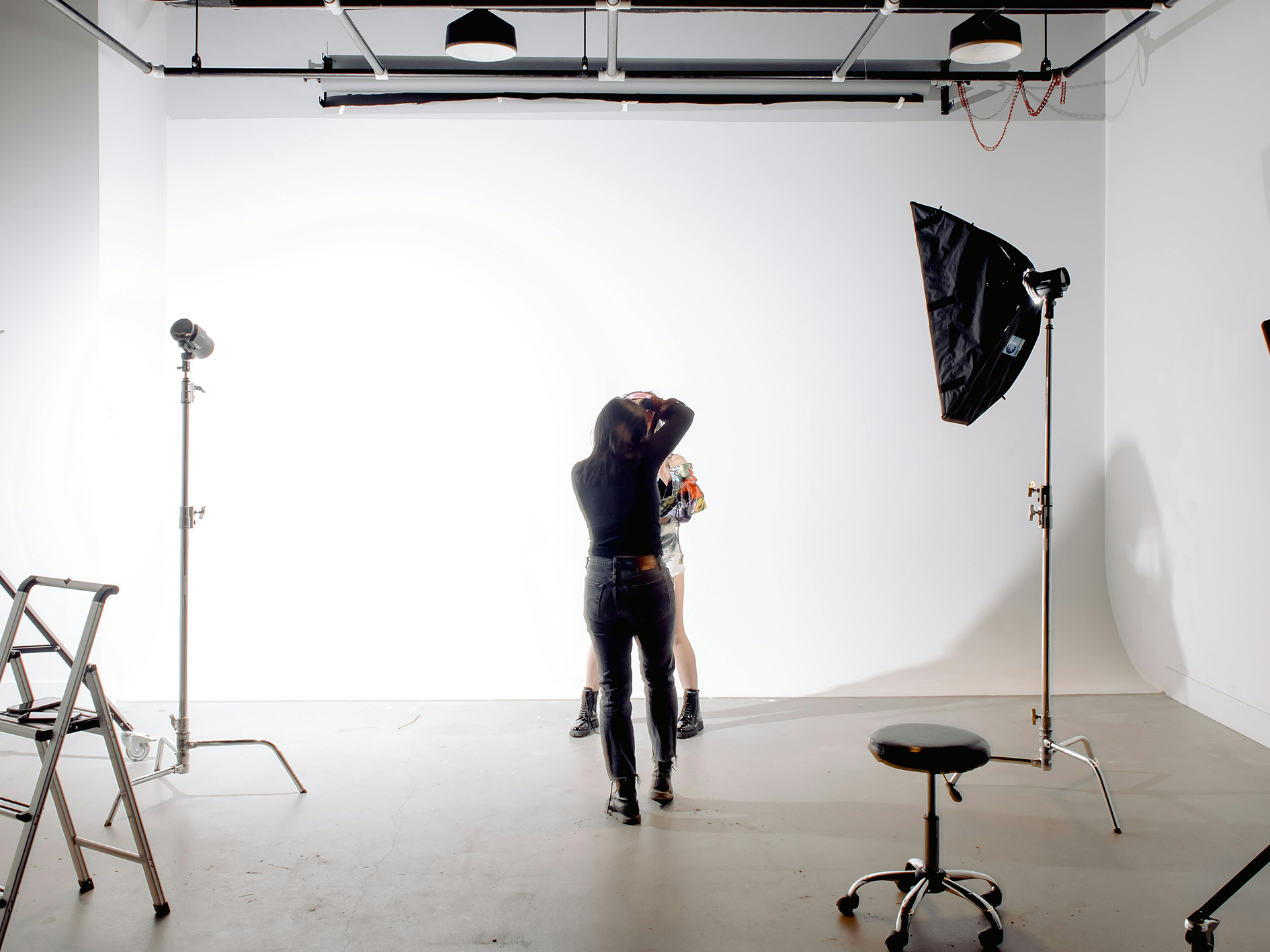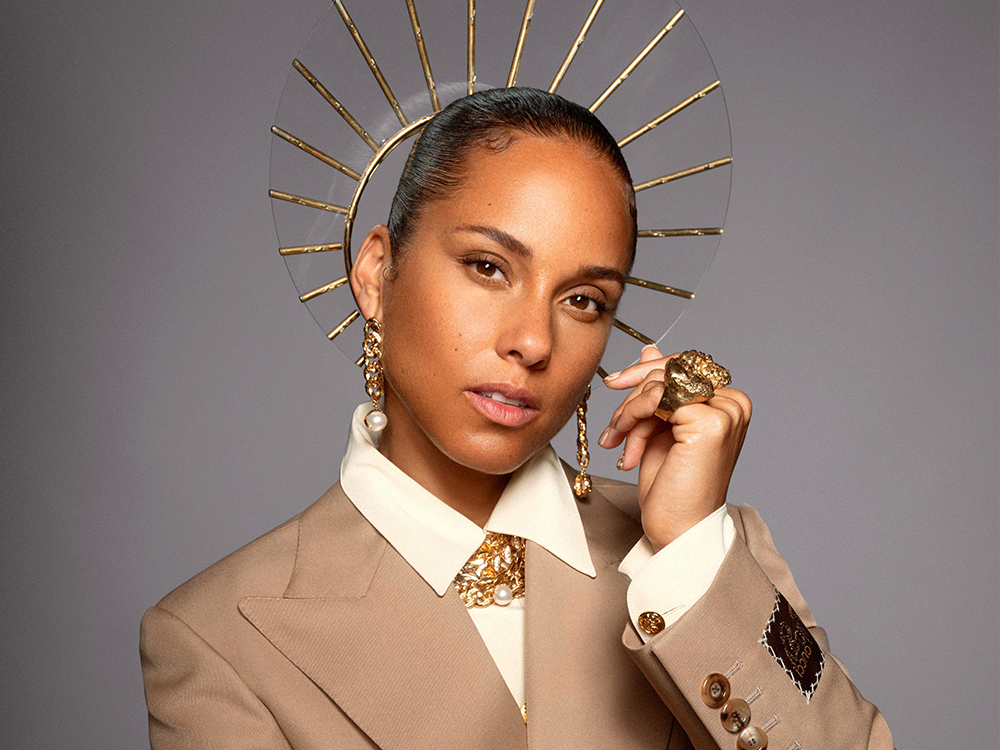A modeling portfolio serves as your visual resume, showcasing your versatility, range, and professionalism to potential clients and agencies. It’s your opportunity to make a strong first impression and demonstrate your skills and potential as a model. Without a portfolio, it can be challenging for industry professionals to assess your suitability for various projects or roles. Additionally, a well-curated portfolio allows you to control the narrative of your brand and highlight your best work, increasing your chances of securing modeling opportunities.
But how do we create a portfolio?
- Define Your Style and Niche: Determine the type of modeling you want to pursue (e.g., fashion, commercial, fitness) and tailor your portfolio accordingly. This will help you focus on creating the right types of images for your target market.
- Gather High-Quality Photos: Invest in professional photoshoots with reputable photographers who specialize in fashion or modeling photography. Ensure your photos highlight your best features and capture different looks, styles, and poses to demonstrate your versatility. Motivate Talent can recommend some excellent photographers to work with who have a great reputation.
- Variety is Key: Include a diverse range of images in your portfolio to showcase your ability to adapt to different roles and aesthetics. Include headshots, full-body shots, close-ups, and images that display various emotions and expressions.
- Include different settings: Incorporate photos taken in various settings, such as indoor studio shots, outdoor locations, and on-location shoots. This will show that you can adapt to different environments and settings.
- Keep it Current: Regularly update your portfolio with fresh photos to reflect your latest work and evolution as a model. Aim to refresh your portfolio at least once a year to keep it relevant and engaging.
- Highlight your strengths: Focus on highlighting your best features and strengths as a model. Whether it’s your facial features, body type, or ability to convey emotions, make sure your portfolio showcases what sets you apart.
- Organize Professionally: Arrange your portfolio in a cohesive and visually appealing manner. Consider creating an online portfolio website or using a physical portfolio book to showcase your images professionally.
- Include Your Stats and Resume: Alongside your photos, include your modeling stats such as height, measurements, and any relevant experience or training. You can also include a resume highlighting your modeling achievements, past clients, and notable projects.
- Seek Feedback: Before finalizing your portfolio, seek feedback from industry professionals, mentors, or peers to ensure it effectively represents your talent and potential. Constructive criticism can help you refine your portfolio for maximum impact.
- Promote Your Portfolio: Once your portfolio is ready, actively promote it to agencies, clients, and on social media platforms. Networking and showcasing your portfolio to the right audience can open doors to modeling opportunities.
Remember, your modeling portfolio is a dynamic tool that should evolve with your career. Continuously update and refine it to stay competitive in the ever-changing modeling industry.





